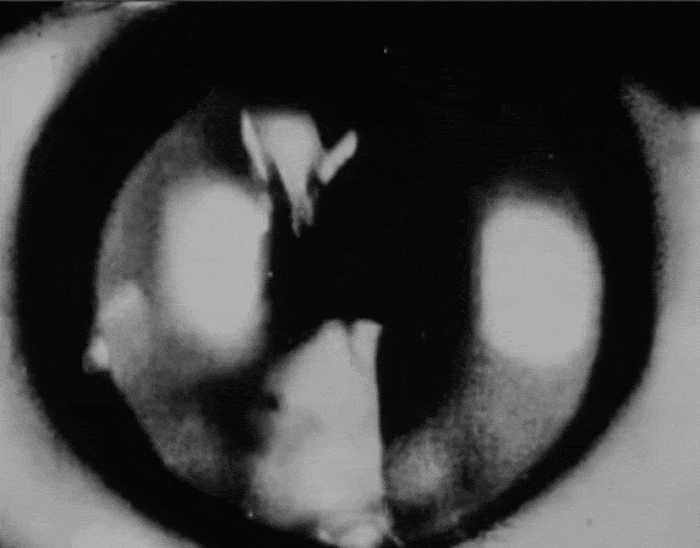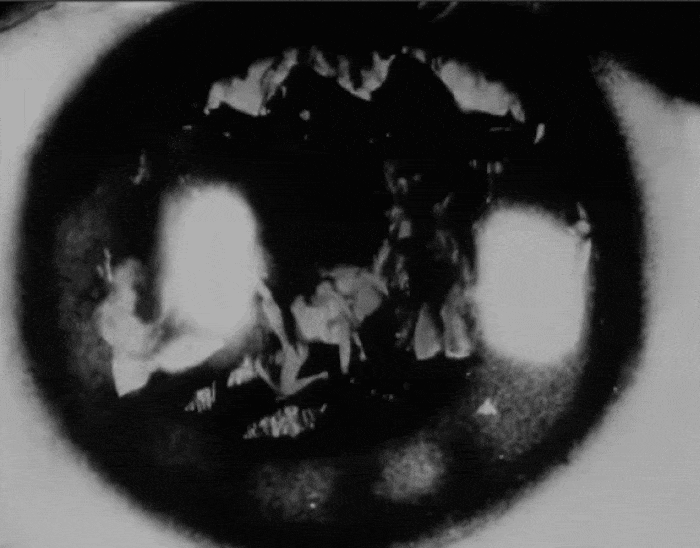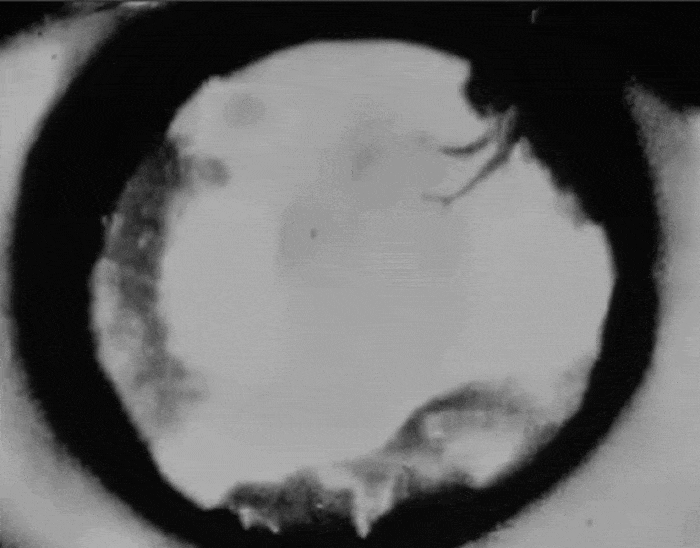#avant-garde film
Text
Cosplay the Classics: Maya Deren in Meshes of the Afternoon (1943)




My closet cosplay of Maya Deren in her film Meshes of the Afternoon
I’ve been sitting on this cosplay for a shamefully long amount of time at this point. Originally, I thought to myself, “self, there’s no need to write anything long-form or meaningful to accompany this cosplay. Everybody knows Maya Deren.” But, then I did a quick little search around the internet and felt the inauspicious tug of the Curse of Knowledge.
Over the eighty years since Maya Deren made Meshes of the Afternoon, images of Deren have become emblematic of experimental film, both here in the United States and internationally. I’ve been privileged enough in my life to have formally studied the history of independent film in America and have also worked at an institution that specializes in preserving avant-garde film. So, for me, Deren’s shadow looms large. She is, no exaggeration, one of the most important figures in the American experimental film tradition. On tumblr, Deren’s image (particularly in Meshes of the Afternoon) has proliferated even further with popular sets of gifs and stills. That said, I can’t pin down quite how much the average film fan knows about Deren’s films and ideas. To put some things in context, I’d like to start by highlighting how she became an icon of experimental film.
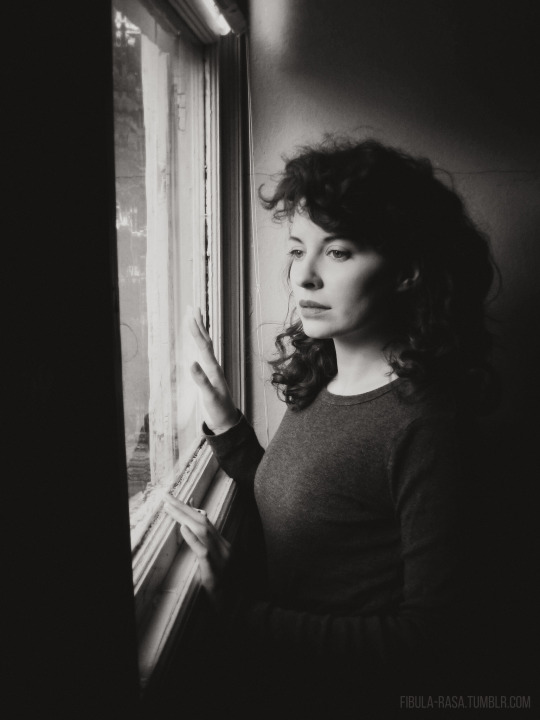
Picture it: America in the 1940s. You’ve delved into filmmaking for the first time without a production company behind you. You’ve independently created a short, silent, poetic, experimental film at the height of the US’ studio era. The same qualities that might classify a film as niche today were even more pressing in the 1940s. So, how do you get it seen? Maya Deren had some ideas about that.
Deren was confident in film as an artistic medium. Over the course of the 1940s and 1950s, Deren arranged her own screenings by renting out a playhouse, and marketed and packaged her films for universities and artistic and cultural institutions in the US and in Europe. Deren also wrote pretty extensively about film form and also about the nature of and meanings behind her films. Deren would also speak at screenings of her films. So, basically, before there was a festival circuit or arthouses or cinematheques in the US, Deren positioned herself as author and primary marketer of her films. This necessary self promotion was pattern setting for the time, but also created an indelible association between her image and the developing independent film scene in mid-century America.
Deren’s image being the emblem of experimental American film is largely due to the way she continually promoted her films and engaged directly with her audience and with discussions around her work. (Additionally, seeing as Deren’s movies were self-produced, how much she could make renting and screening the films would provide the budget for the next film.)
If you’ve gotten this far in this write up and haven’t seen many/any of Deren’s films, first of all, thanks, but second of all, I recommend checking out a triple feature of films commonly grouped together as her “trance” films: Meshes of the Afternoon (1943), At Land (1944) [my personal fave], and Ritual in Transfigured Time (1945). They are all less than 15 minutes by the way, so don’t be daunted at the suggestion of watching three films in a row! Keep in mind that all three of these films were initially conceived of and released without a soundtrack. There is an authorized score for Meshes of the Afternoon composed later by Deren’s third husband, Teiji Ito, but how well that score serves the film is debatable. So, depending on where you choose to watch her films you may want to watch them soundlessly the first time, just to be sure that the music doesn’t get in the way. (Though I will say some of the scores I’ve seen people make on their own are crackerjack!)
As a preface to your viewing experience, I’d like to advise you not to get too caught up in overly logical and literal thinking—don’t intellectualize. Getting too hung up on whether you “got” a piece or art or not is just a barrier to genuine experience. Oddly, this is something I bang on about a lot in real life (and maybe I have on here before, I don’t remember) but it was pretty exciting reading more of Deren’s writing and coming upon this very relevant passage:
“It is therefore relevant to underline, here, the fact that the appreciation of a work based on experiential, or inner, realities consists not in a laborious analysis based on the logic of a reality which a ‘prepared’ spectator brings to the work. It consists, rather, in an abandonment of all previously conceived realities. It depends upon an attitude of innocent receptivity which permits the perception and the experience of the new reality. Once this reality has been perceived and experienced, its logic may be deduced if one wishes. Such a deduction is not necessary to the perception and can only follow it as a secondary activity, much as an analysis of love, for example, can only follow upon the experience but can never induce it.”
— Cinema as an Art Form" by Maya Deren, New Directions 9, 1946
The anecdote I often bring up to illustrate “innocent receptivity” to people who are reticent to take my advice is from David Lynch. Lynch recounts a private screening of his work for Mel Brooks when Brooks was considering him to direct The Elephant Man (1980), which Brooks was producing. Lynch assumed that that was the end of the line for him, but instead, Brooks loved his films and shared his own emotionally-grounded read on Eraserhead (1977). Lynch hadn’t anticipated Brooks’ intelligence as an artist and film enthusiast or his receptivity to the form. Lynch was obviously hired. Basically, we could all do with being more like Mel Brooks.
If you get the chance, and you’re interested in expanding your understanding of film as art, I strongly recommend checking out Deren’s writing. Her prose might seem florid, but I promise it’s a floridity based on precision of explanation, it’s not an exclusionary type of wordiness. There is a collection of some of Deren’s work from 2004 called Essential Deren (available on the Internet Archive). I’ve also been considering recording a reading of her essay “Cinematography: The Creative Use of Reality” if having an audio file would be appealing to anyone?
Well, thanks for making it all the way through! I know I haven’t really been doing longer-form stuff for this blog lately. Words are kind of a struggle for me and I get pretty easily discouraged to express myself with them, but upon reflection, I knew Maya Deren deserved the effort. I hope that I’ve provided sufficient inducement for you all to check out her work!

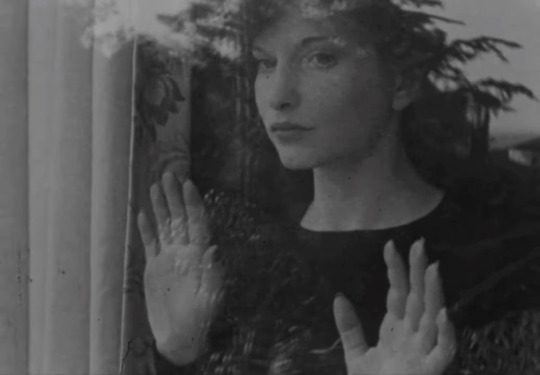
A couple of reference photos for my closet cosplay
P.S. I posted some excerpts of Deren’s writing over on my “whatever” tumblr
Buy me a ☕
#Maya Deren#Meshes of the Afternoon#1940s#1943#cosplay#cosplay the classics#closet cosplay#american film#independent film#avant-garde film#experimental film#female filmmakers#female filmmaker friday#film#movie recommendations#classic film#film blog
35 notes
·
View notes
Photo



The Eclipse (1936) by Joseph Cornell.
36 notes
·
View notes
Text






Persona (1966)
Directed by Ingmar Bergman
#persona#film#movie#ingmar bergman#1966#1960#60s#Liv Ullmann#Bibi Andersson#drama#swedish film#avant-garde film
1 note
·
View note
Text

LIGHT CONE is a nonprofit organization whose aim is the distribution, promotion and preservation of experimental cinema in France and around the world.
LIGHT CONE's primary mission is the distribution of the works in its collection, in their original format whenever possible, to cultural organizations such as nonprofits, cinemas, museums, universities, galleries and festivals.
LIGHT CONE's Documentation Center offers a unique collection of written and audiovisual documents for consultation by researchers and programmers. With the addition, in 1999, of the Experimental Film Archive of Avignon (AFEA), the Documentation Center includes over 5,000 print documents (books, periodicals, catalogues), nearly 12,000 audiovisual documents (digital files, DVDs, Blu-Rays, audio and video tapes...) and 1080 thematic records (biographical and institutional files).
Since 2015, LIGHT CONE Editions publishes ebooks on certain filmmakers in the collection. Currently available are Paolo Gioli by Jean-Michel Bouhours and Rose by Rose Lowder. A print publication of Robert Breer, A to Z has been recently released in partnership with AFEA Editions.
LIGHT CONE also undertakes actions to preserve film works through numerous digitization projects (having been in charge of the large digitization project for the 24/25 web portal in 2011), as well as a digitization program financed by a grant from the National Center of Cinematography (for the films of Patrick Bokanowski, Germaine Dulac and Rose Lowder). LIGHT CONE has taken the initiative to propose an agreement with the Cinémathèque Française regarding the preservation of original negatives.
In 2014, LIGHT CONE received the support of the region Ile-de-France as part of the program Fabrique de Cultures to create a residency program for the post-production of experimental video-based works. The Atelier 105 is open to all experimental filmmakers, whether or not they are members of the organization. A specially equipped workspace in LIGHT CONE's premises, including an editing station, sound mixing software, a color-correction monitor and computers dedicated to file encoding and DCP creation, is made available to the artists.
#Light cone#experimental film#avant-garde film#online database#documentation centre#film preservation#film library#secondary research
1 note
·
View note
Text
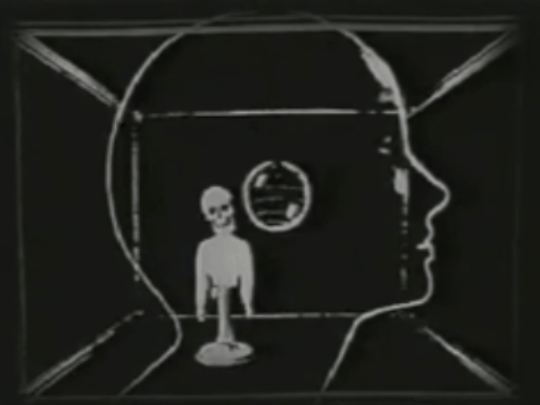
Heaven and Earth Magic (1962)
#heaven and earth magic#1960s movies#1962#harry smith#animation#surreal#avant garde#experimental film#gif#my gifs
978 notes
·
View notes
Text

Le Sang D'un Poète, 1930 - dir. Jean Cocteau
#jean cocteau#surrealism#surrealist cinema#avant garde cinema#cinema#movie scenes#experimental cinema#film gif#movie gifs
865 notes
·
View notes
Text

Mechanics of Love (1955), dir. Willard Maas & Ben Moore
2K notes
·
View notes
Text




Funeral Parade of Roses (1969) Dir. Toshio Matsumoto
#funeral parade of roses#toshio matsumoto#toshio matsumoto archive#shinnosuke ikehata#1969#avant garde#experimental#punk#lgbtq#film#stills#japan
2K notes
·
View notes
Text

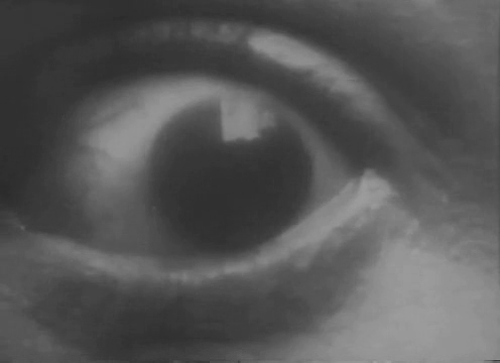

Alberto Cavalcanti, Rien que les heures, 1926
#film#silent film#experimental film#black and white#1920s#alberto cavalcanti#nothing but time#nothing but the hours#vintage#eyes#gif#paris#avant garde#movies#art
655 notes
·
View notes
Text

#jonas mekas#70s#experimental film#american cinema#home movies#personal events#American avant-garde cinema#experimental filmmakers#New American Cinema#diary-movies
515 notes
·
View notes
Text

Shuji Terayama, Fruits of Passion, 1981
394 notes
·
View notes
Text
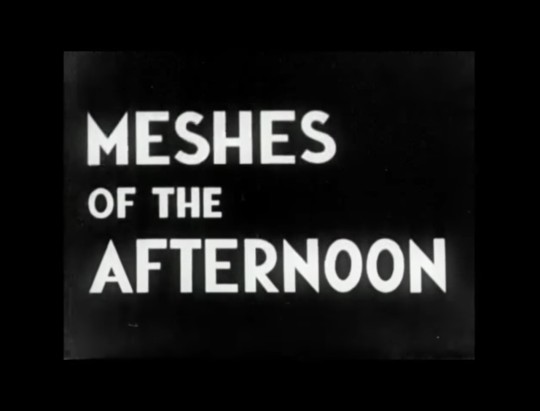


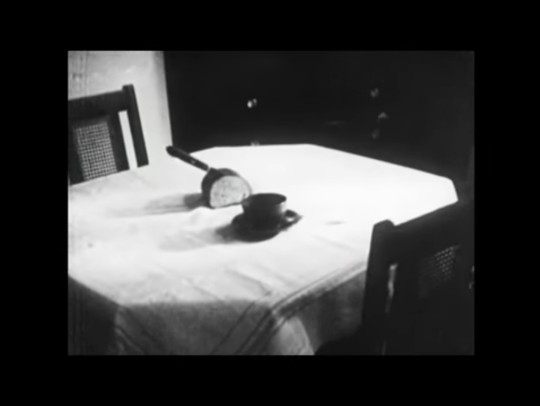

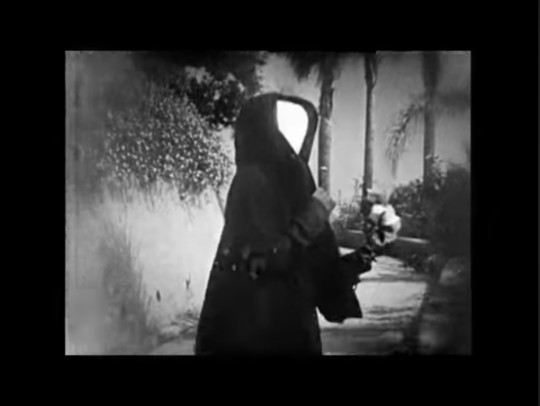
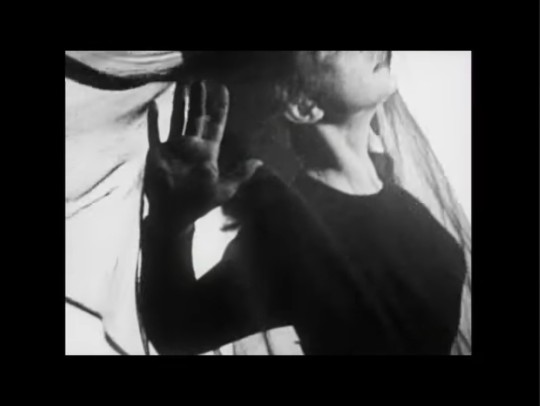
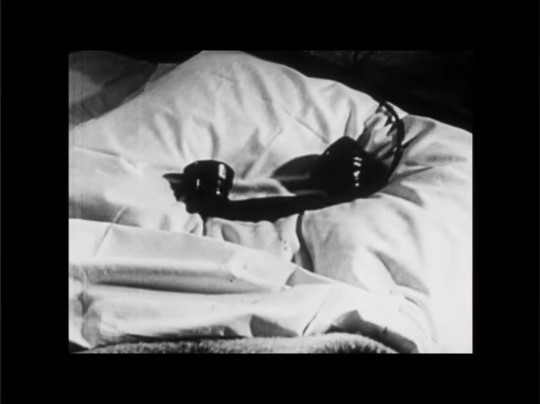


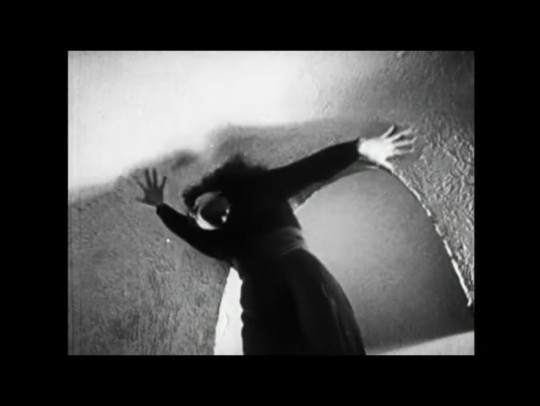

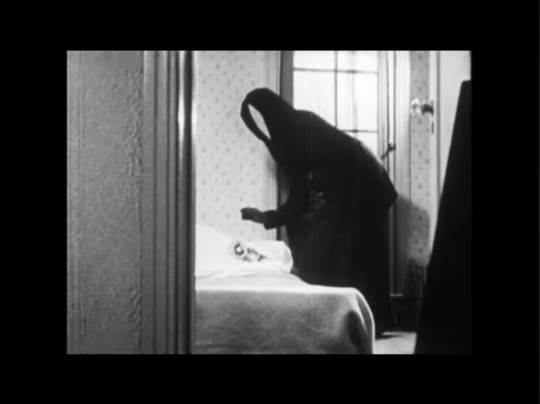
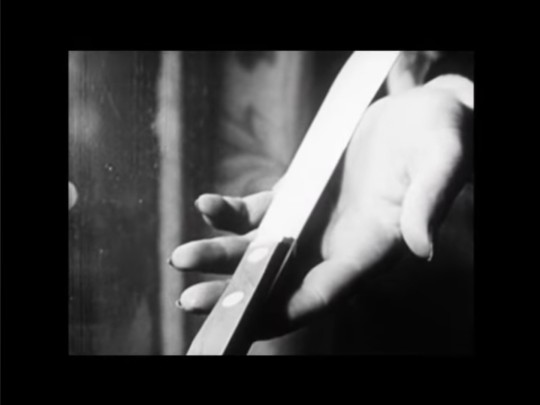
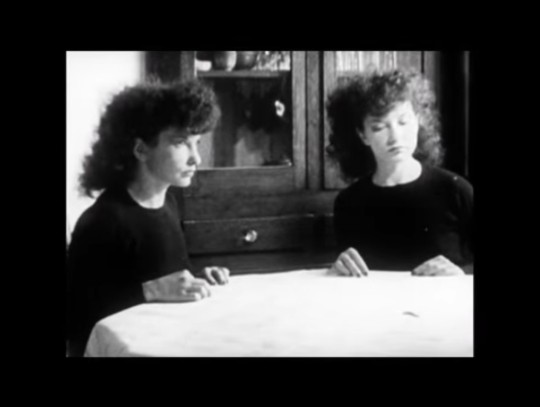
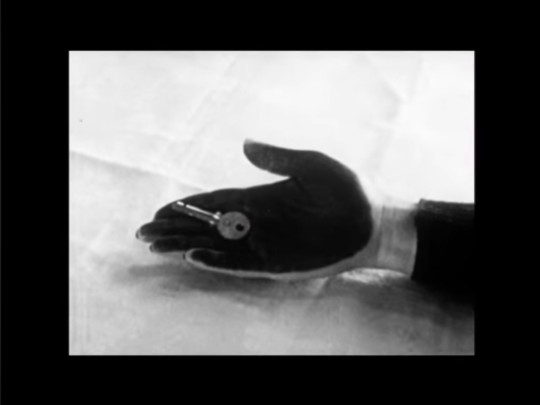
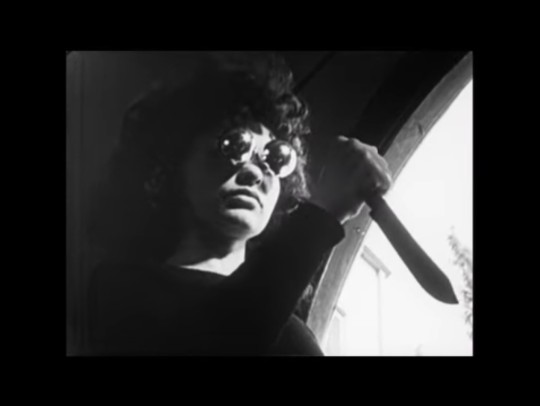

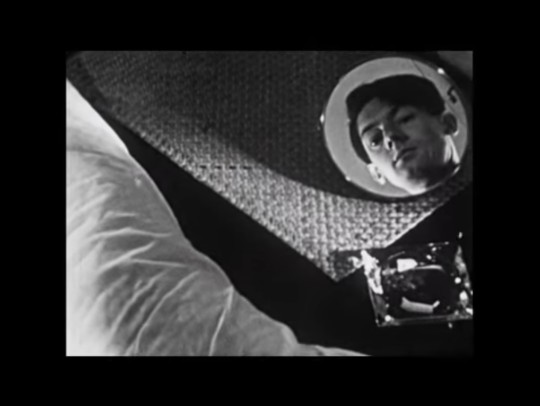
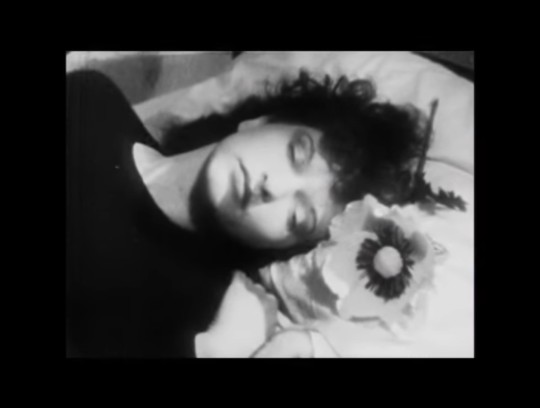

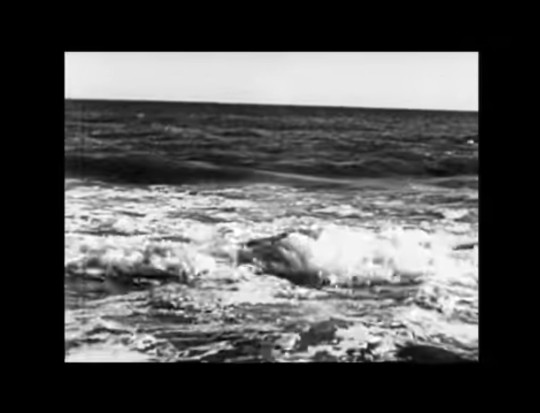
Meshes of the Afternoon
Maya Deren, 1943
#maya deren#short film#old hollywood#black and white#surreal#dream world#avant garde#cinema#surrealism#contemporary art#women filmmakers#eldrich horror#eerie#strange#dreamlike#meshes of the afternoon#classic film
200 notes
·
View notes
Text

Georgi Stenberg (1900-1933) & Vladimir Augustovich Stenberg (1899-1982), 'Miracle of the Wolves', 1927
Source
For some reason this poster (which seems to have little relation to the content of the French historical drama it's meant to advertise) gives me strong 'Take On Me' vibes (the video aesthetics rather than the song itself).
#Georgi Stenberg#Vladimir Augustovich Stenberg#russian artists#Russian avant-garde artists#Poster art#movie posters#french films#silent movies
70 notes
·
View notes
Text



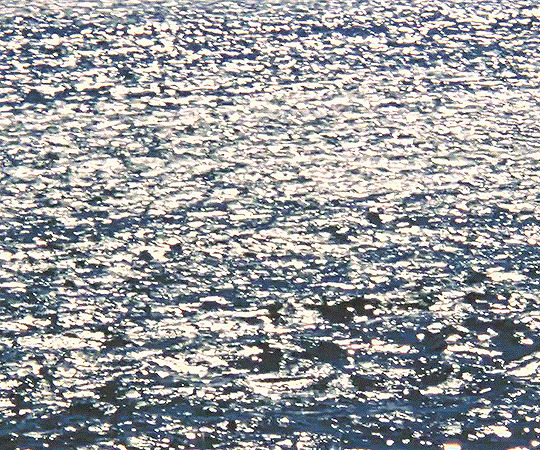






Worlds
2021 | dir. Isaac Goes
110 notes
·
View notes
Text

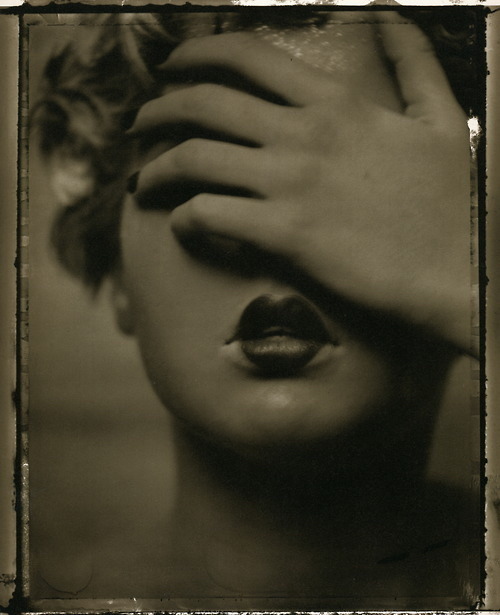
Comme Des Garçons 1998, Sarah Moon
#porcelain suit#minimal#minimalistic#aesthetic#90s fashion#future#modern#interiordecor#minimalist interior#90s runway#comme des garçons#comme des garcons homme plus#comme de garcons#comme des garcons shirt#silent film#sarah moon#runway photography#photography#photoshoot#silver screen#high fashion#avant garde fashion#avant garde#ootdfashion#historical fashion#90s photography#90s goth#90s icons#1920s hollywood#dark romanticism
59 notes
·
View notes
